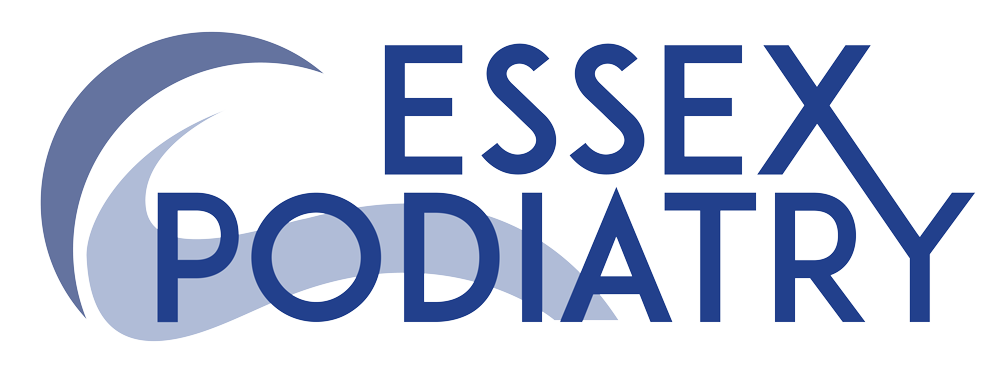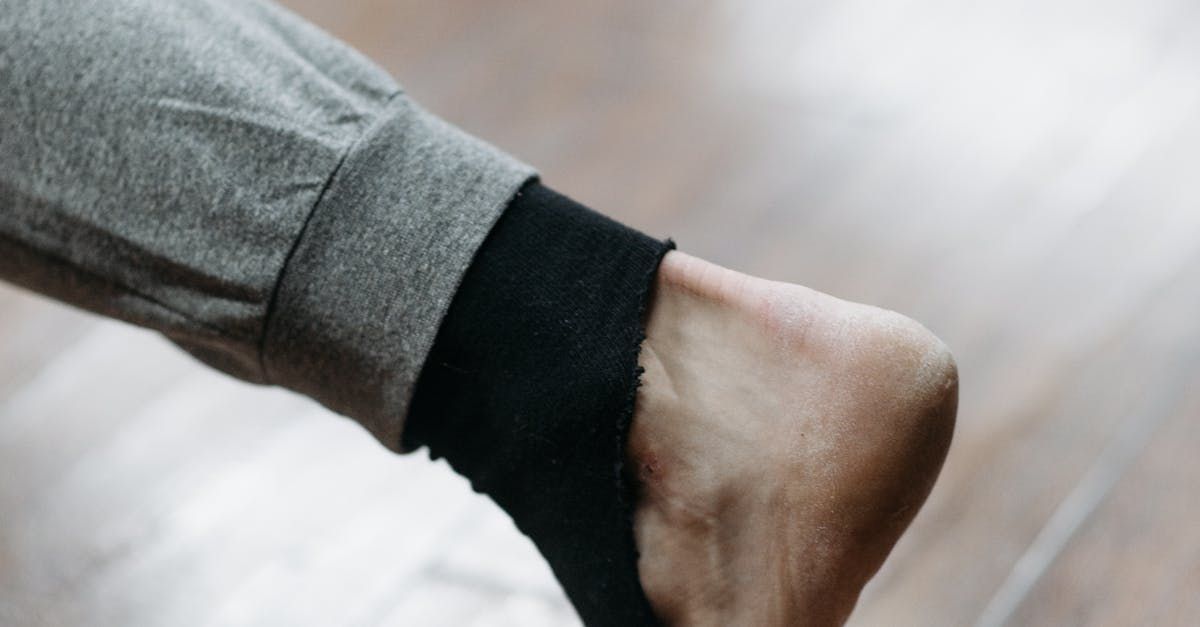Posterior Heel Pain
Posterior Heel Pain and the Achilles Tendon explained…
Posterior heel pain is a common ailment that affects individuals of various ages and activity levels. It can stem from a multitude of causes, but one of the most prevalent culprits is issues related to the Achilles tendon.
Understanding Posterior Heel Pain
Posterior heel pain refers to discomfort localised at the back of the heel. It often arises from conditions affecting the Achilles tendon, the largest tendon in the human body. This robust tendon connects the calf muscles to the heel bone (calcaneus) and plays a pivotal role in walking, running, and jumping. When the Achilles tendon is subjected to excessive stressor experiences degenerative changes, it can lead to persistent pain and functional limitations.
What are the common causes?
The cause of posterior heel pain can vary widely. It may be attributed to conditions such as Achilles tendinitis, Haglund's deformity, retrocalcaneal bursitis, or Achilles tendonosis. Overuse, improper footwear, and biomechanical abnormalities can exacerbate these conditions. Identifying the specific cause is crucial for tailoring an effective treatment plan.
Achilles Tendinitis
Achilles tendinitis, characterised by inflammation of the Achilles tendon, is a leading cause of posterior heel pain. This condition frequently arises from repetitive stress, especially in athletes engaged in activities that involve frequent pushing off or sudden bursts of speed. Runners, basketball players, and dancers are particularly susceptible.
Treatment Options for Achilles Tendinitis:
Early intervention is key to managing Achilles tendinitis. Rest, ice, compression, and elevation (RICE) can help alleviate acute symptoms. Physiotherapy and targeted exercises can improve tendon strength and flexibility. In some cases, advanced interventions like extracorporeal shockwave therapy (ESWT) [link to ESWT page] may be recommended.
Haglund's Deformity
Haglund's deformity, often referred to as "pumpbump," is another condition contributing to posterior heel pain. It involves the enlargement of the bony prominence at the back of the heel, which can irritate the Achilles tendon and surrounding tissues.
Managing Haglund's Deformity:
Customised footwear with padding around the heel, along with orthotic inserts, can help alleviate pressure on the affected area. Physical therapy focused on stretching and strengthening exercises, as well as modalities like ultrasound and laser therapy [link to laser page], may also be beneficial. In severe cases, surgical intervention to remove excess bone may be recommended.
Retrocalcaneal Bursitis
Retrocalcaneal bursitis is characterised by inflammation of the bursa, a small fluid-filled sac located between the Achilles tendon and the calcaneus. This condition can arise from excessive friction or pressure on the bursa.
Treatment Approaches for Retrocalcaneal Bursitis:
Initial management often involves rest, ice, and anti-inflammatory medications. Physical therapy to improve ankle range of motion and strengthen the surrounding muscles can be highly effective.
Posterior heel pain, frequently attributed to Achilles tendon-related issues, can significantly impact daily activities and quality of life. Early diagnosis and targeted interventions are crucial for a successful recovery.










